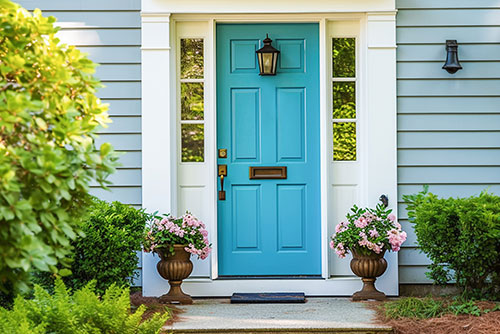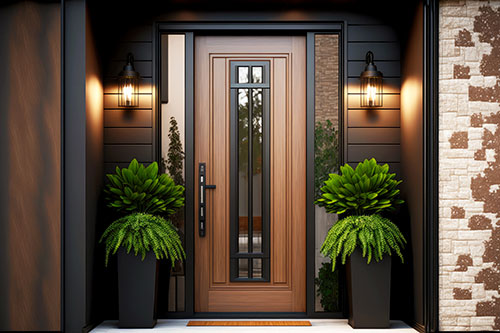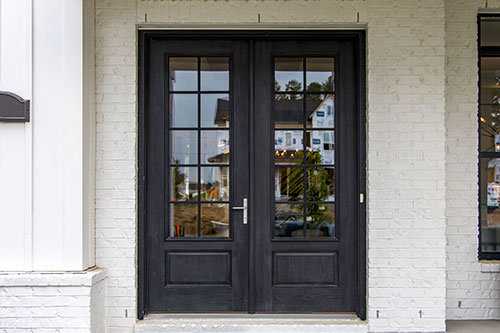Premium Exterior Doors in Aurora & Naperville, IL
Local High-Quality Exterior Doors
Choosing your front entry door is a valuable, important investment for your home.
ProMillwork offers top-rated custom exterior doors for homes in Naperville, Aurora, Oswego, and Geneva. We feature durable and energy-efficient doors from trusted brands like Therma-Tru, Taylor, Provia, Simpson, Koetter Woodworking & Trustile.
Choose from fiberglass, steel, and solid wood options in various styles and finishes. Enhance your door with sidelites and transoms for added light and elegance. Enjoy exceptional craftsmanship, security, and beauty with every door we deliver.
We also offer a wide range of door hardware to provide the finishing touch.
Contact us today to get custom exterior doors in Naperville, IL.
Exterior Door Delivery Available
ProMillwork offers delivery of exterior doors for your convenience.
Our Exterior Door Offerings
At ProMillwork, we offer a diverse selection of exterior doors in Naperville and the surrounding areas, serving both individuals and contractors. Our high-quality exterior doors are designed to enhance your home’s beauty and security, with customizable options to create the exterior door of your dreams.
- Steel Exterior Doors
- Solid Wood Exterior Doors
- Fiberglass Exterior Doors
- Custom Wood Arch Top Exterior Doors
- Custom Sizes Available
Custom Exterior Doors in Naperville, IL
We offer custom exterior doors from top brands with options to meet your unique needs. Whether adding sidelights, transoms, or decorative glass panels our team is here to help you design the perfect door for your entryway.
Contact ProMillwork today to explore our extensive range of exterior doors and find the ideal fit for your home!
We Are Proud To Offer Exterior Doors From:
Therma-Tru Fiberglass & Steel Exterior Doors
Therma-Tru doors are renowned for their durability and energy efficiency. Available in a variety of styles and finishes, these doors combine beauty and strength, making them a perfect choice for any home.
Waudena Fiberglass & Steel Exterior Doors
Waudena offers unique design options that cater to a range of architectural styles. Their doors are built to withstand harsh weather conditions ensuring long-lasting performance.
Western Building Products Fiberglass, Steel & Wood Exterior Doors
With Western doors, you get customizable designs that provide exceptional security and aesthetic appeal. Explore various styles that can elevate your home’s entryway.
Simpson Wood Exterior Doors
Simpson Doors has built handcrafted solid wood doors since 1912, from modern front doors to custom doors with unique designs and layouts. Their doors are available in a variety of wood species, sizes and glass options.
Koetter Woodworking Solid Wood Exterior Doors
For a timeless look and unparalleled quality, our solid wood doors from Koetter Woodworking provide unmatched craftsmanship. Choose from a variety of wood species, designs and glass options to create a stunning entrance to your home. A reliable source for quality door construction and design.
TruStile Exterior Doors
Constructed with innovative materials and built with cutting edge engineering, TruStile Entry Doors are designed to be both beautiful and long lasting. TruStile has customizable options, including many natural wood species, factory finishing, a wide variety of insulated and decorative glass options, along with over 60 different architectural profiles.
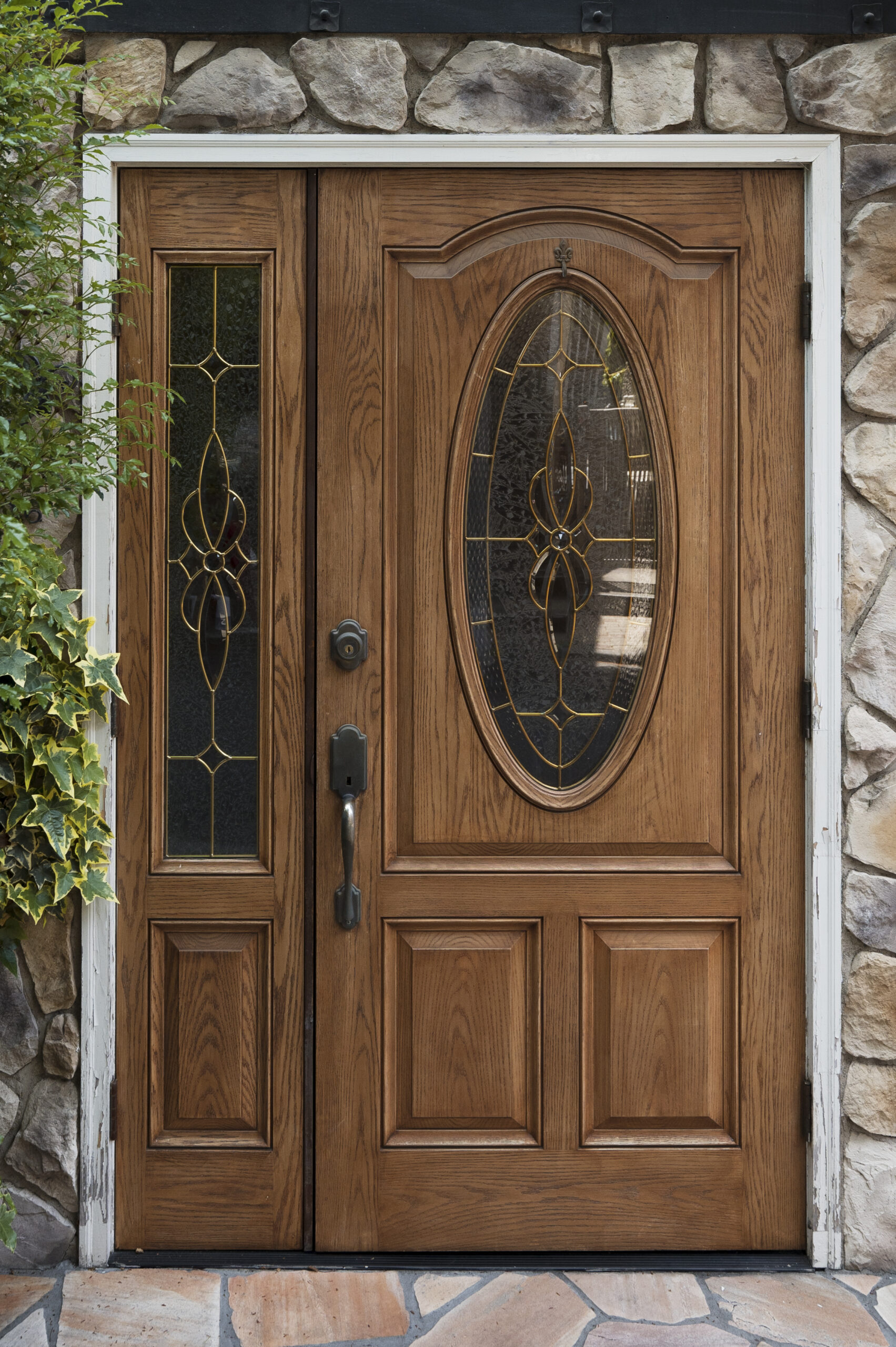
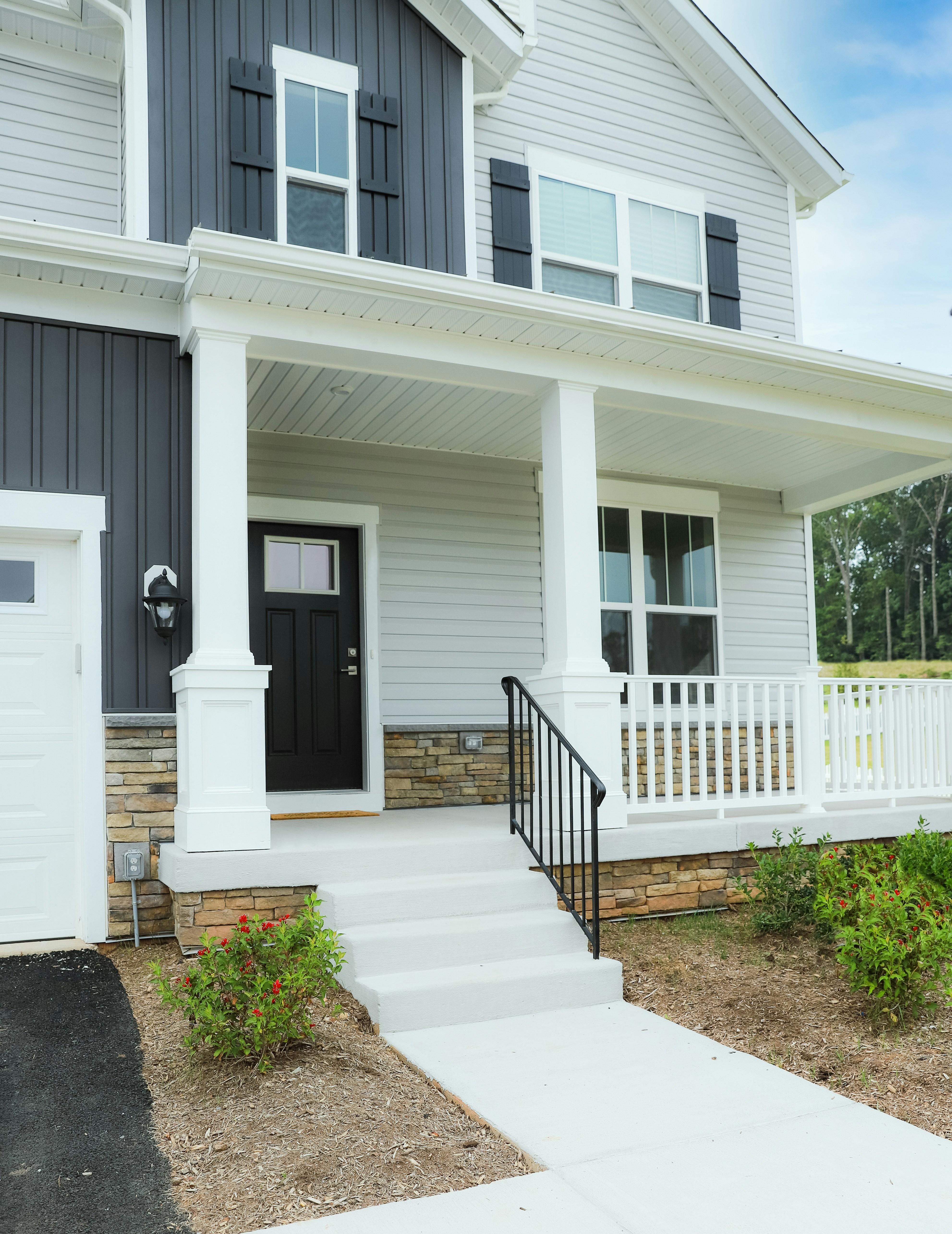
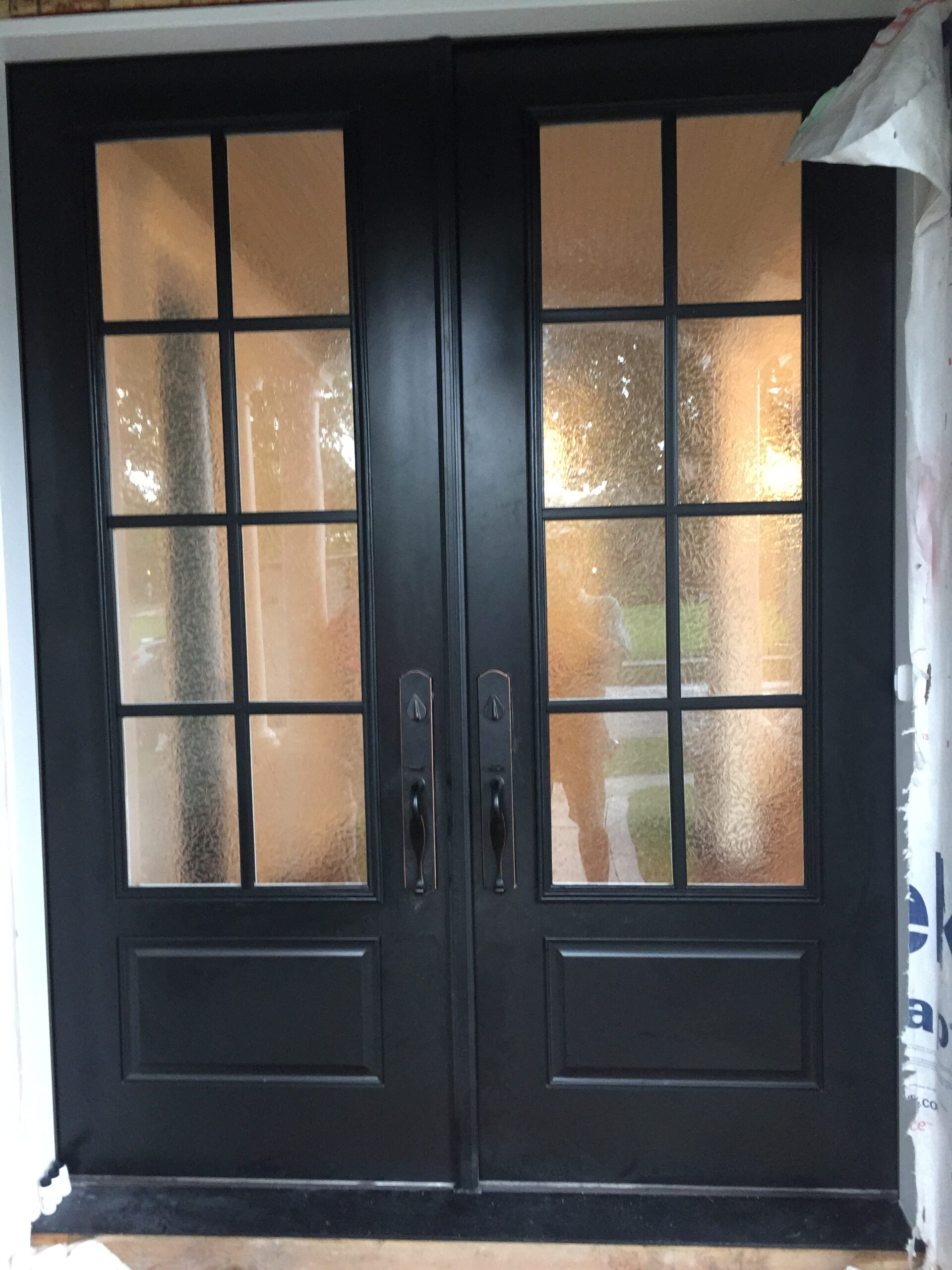
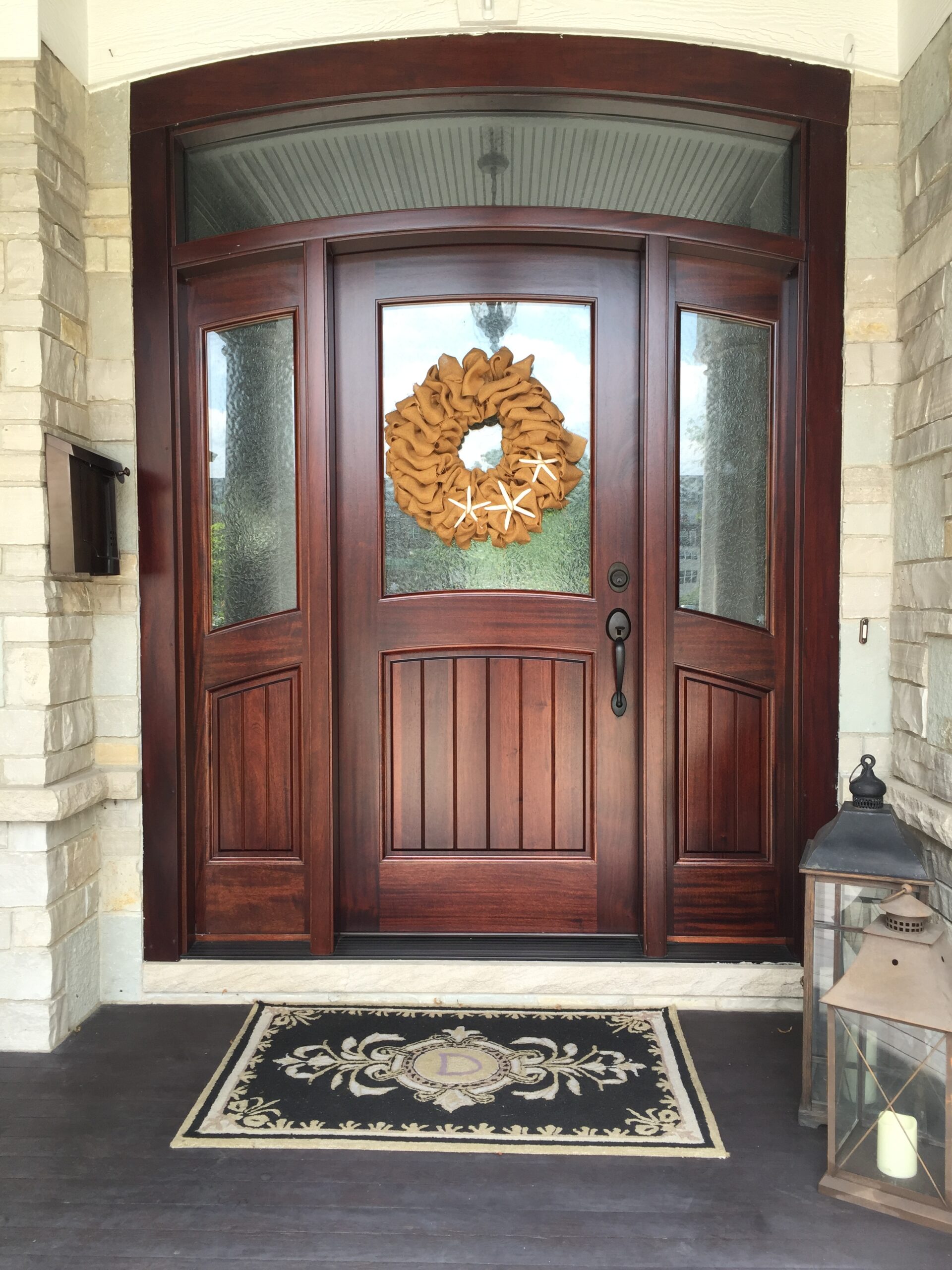
Why Choose ProMillwork for Your Exterior Doors?
Expertise and Experience
Our team at ProMillwork has extensive experience in millwork and has worked with contractors & homeowners in the St. Charles, Aurora and Naperville areas for years. We’re dedicated to helping you choose the right door that fits your style and functionality needs.
Quality Assurance
We partner with reputable brands, including Therma-Tru, Waudena, Western, Simpson, TruStile and Koetter Woodworking. Each product in our selection is crafted with precision and care, ensuring you receive a door that stands the test of time.
Local Commitment
As a locally-owned business, we prioritize building strong relationships with our customers. Our focus is on delivering personalized service and high-quality products to enhance your home’s exterior or interior.
From wood mouldings and custom wood beams to interior doors, ProMillwork is the premier choice for these products and all your millwork needs in the Chicagoland area.
Explore our complete service area list, and connect with our design experts to create the perfect exterior door for your home.
Get Exterior Doors Today!
Call ProMillwork Now
(630) 264-2100
